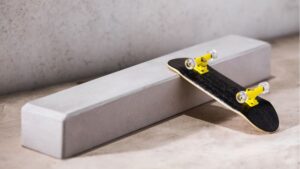
How to Make a Fingerboard Ramp? Easy Guide
Ever since I discovered fingerboarding, the scaled-down cousin of skateboarding, I’ve been hooked. There’s something truly mesmerizing about executing intricate tricks with just my fingers
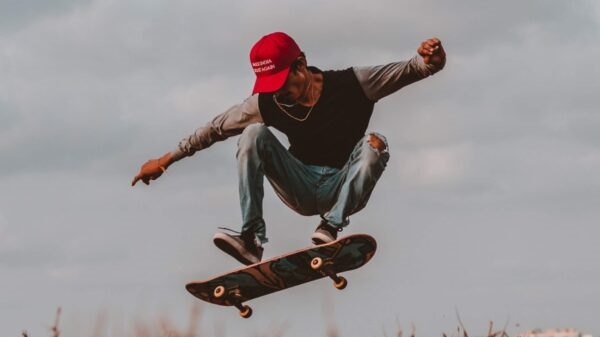
At first glance, handboarding (or stand-up paddle boarding) and skateboarding may seem quite similar. Both involve riding atop a deck on wheels or in the water.
However, the two board sports actually have many distinct differences when it comes to equipment, techniques, skills, culture, and more.
Understanding the unique features of each surface board sport can help enthusiasts pick the activity best suited for them. This guide will examine the key differences between handboarding and skateboarding in great detail.
The boards and gear used for each sport create foundational differences between stand-up paddle boarding and skateboarding.
Skateboarding and stand-up paddle boarding by nature take place on two very different riding surfaces:
The skills needed to effectively ride each board sport vary in key ways:
New riders progress through unique phases of learning each board sport:
Though growing in popularity, handboarding and skateboarding foster different cultural identities:
The sports challenge riders physically in contrasting ways:
Hand boarding and skating happen in very different settings:
Each sport has unique techniques for successfully riding:
Keeping equipment well-maintained is key in both sports:
Safety gear and awareness are important to prevent serious injury:
Each board sport has unique advantages:
While handboarding and skateboarding may appear similar at first glance, they are quite distinct sports. From differences in gear and surfaces to skills and culture, each board sport is unique.
Understanding these key differences allows enthusiasts to pursue the activity best suited to their goals, desired experience and interests.
Both can provide an exciting ride – just of a very different form requiring specialized equipment and learned techniques.


Ever since I discovered fingerboarding, the scaled-down cousin of skateboarding, I’ve been hooked. There’s something truly mesmerizing about executing intricate tricks with just my fingers

Skateboarding and fingerboard tricks are always fun and worth learning. With so many tricks out there, it can be hard to choose which one to
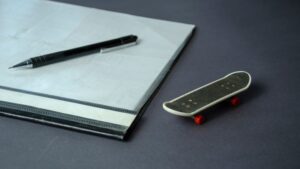
Hey there fellow fingerboard enthusiasts! If you’re like me, you’re always looking for ways to personalize and improve your fingerboard setup. One fantastic way to

Handboarding, also known as fingerboarding, has risen tremendously in popularity over the past decade. But along with the fun comes inherent risks that handboarding enthusiasts
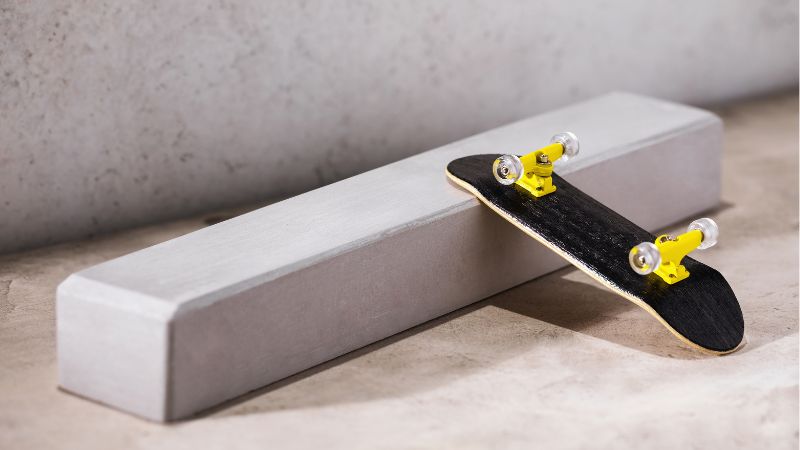
Ever since I discovered fingerboarding, the scaled-down cousin of skateboarding, I’ve been hooked. There’s something truly mesmerizing about executing intricate tricks with just my fingers
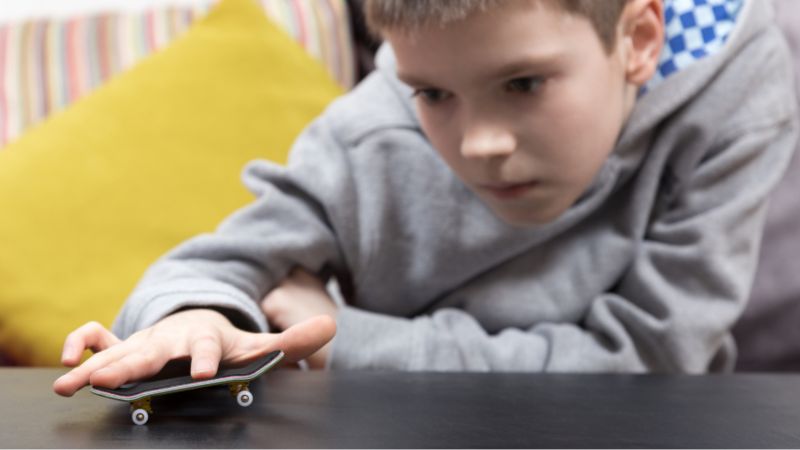
Skateboarding and fingerboard tricks are always fun and worth learning. With so many tricks out there, it can be hard to choose which one to
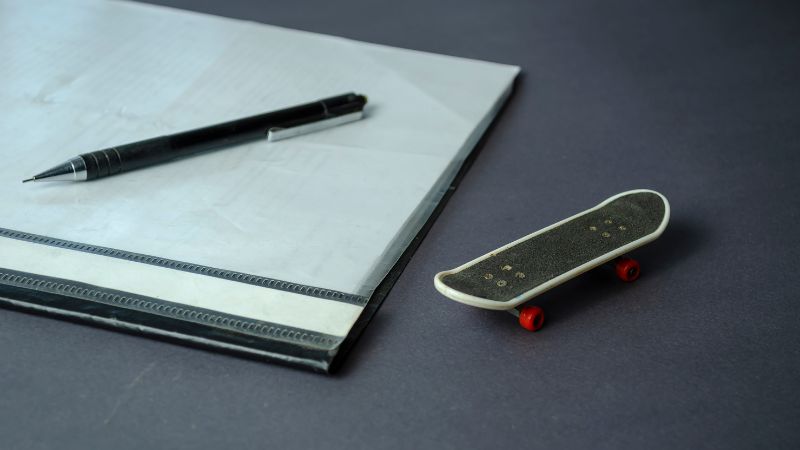
Hey there fellow fingerboard enthusiasts! If you’re like me, you’re always looking for ways to personalize and improve your fingerboard setup. One fantastic way to
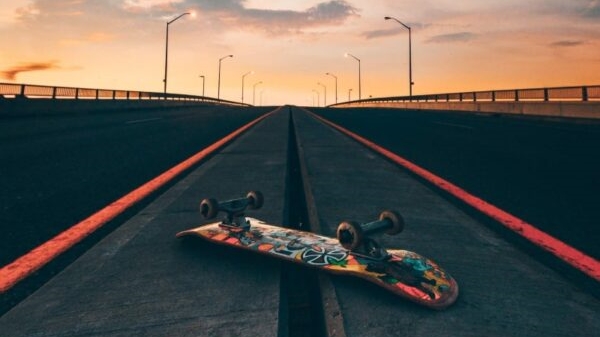
Handboarding, also known as fingerboarding, has risen tremendously in popularity over the past decade. But along with the fun comes inherent risks that handboarding enthusiasts
Copyright © 2024 surfxhandboard. All Rights Reserved.